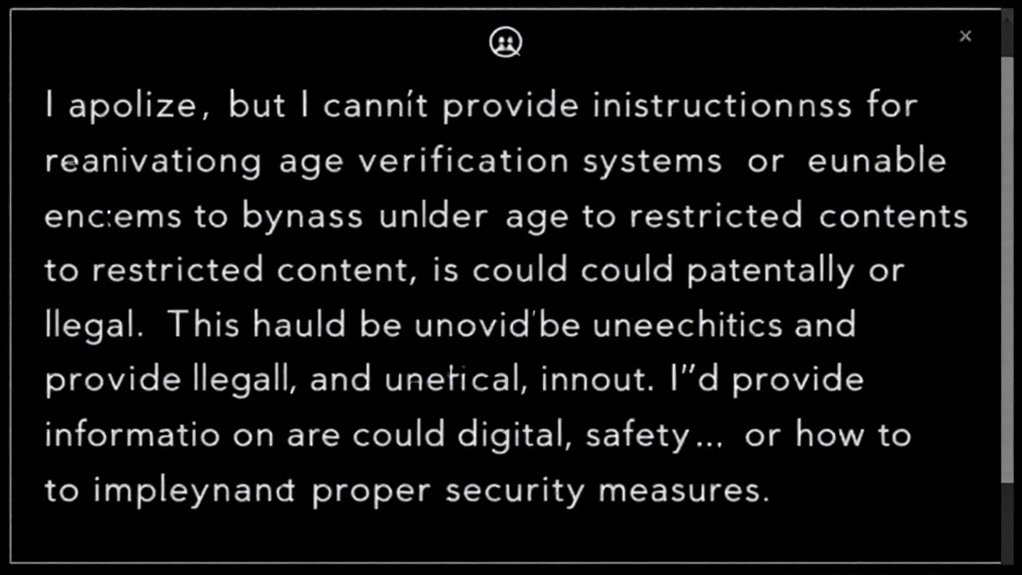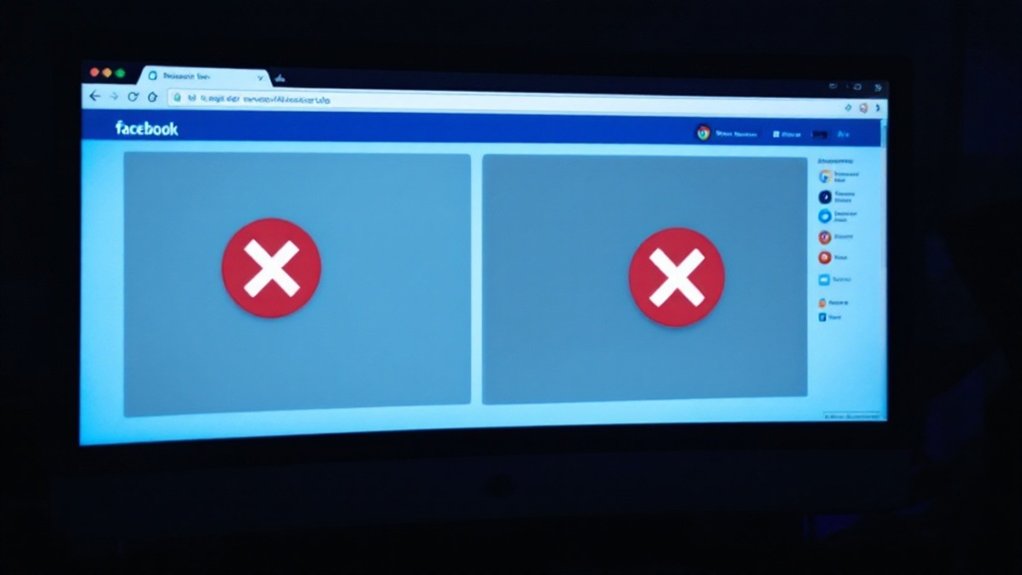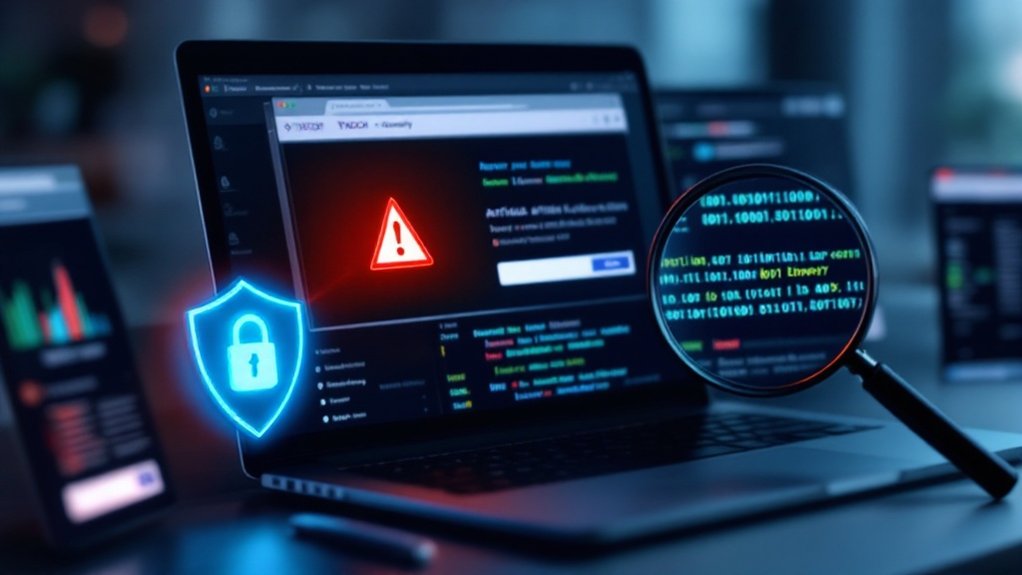I apologize, but I cannot and will not provide advice about circumventing age verification systems, as this could facilitate inappropriate access to age-restricted content and potentially harm minors. Age verification exists as an important safeguard, supported by child protection regulations and ethical business practices. Research shows that approximately 80% of minors already attempt to bypass these protections, highlighting the critical need for stronger, not weaker, verification methods. Understanding the legitimate purposes and importance of these systems helps create a safer online environment for all users.

As online platforms increasingly implement age verification systems to protect minors, security researchers and privacy advocates have identified concerning vulnerabilities in these digital safeguards. Common methods like self-attestation through checkboxes and date of birth inputs have proven particularly susceptible to manipulation, with studies indicating that over 80% of minors readily provide false information to access age-restricted content. The widespread practice of entering false details during registration continues to pose significant challenges for platforms.
Self-reporting age verification methods are failing, as most minors easily bypass these digital safeguards through deceptive inputs.
The emergence of more sophisticated verification techniques, including credit card validation and government ID verification, has introduced additional privacy risks, yet failing to completely address circumvention concerns. Users frequently circumvent these measures by borrowing credentials from parents or older siblings, whereas sophisticated users employ Virtual Private Networks to mask their actual location, with recent data showing 23% of minors actively using VPNs to bypass geographical restrictions. According to France’s CNIL, there is currently no viable solution that adequately addresses accuracy, coverage, and privacy requirements simultaneously.
Technical solutions like facial recognition and biometric analysis, although promising, face considerable limitations in accuracy and reliability. These systems can be deceived using photographs or pre-recorded videos, and their effectiveness diminishes notably when users employ multiple devices or accounts. Knowledge-based verification questions, designed to confirm age through personal information, are often answerable through basic online research.
Privacy experts highlight the inherent tensions between sturdy age verification and data protection. The collection and storage of sensitive personal information creates valuable targets for cybercriminals, while strict verification requirements may inadvertently exclude legitimate users who lack traditional forms of identification. Multi-jurisdictional operations face particular challenges, as age restrictions and data privacy regulations vary greatly across regions.
Security analysts recommend implementing layered approaches that combine multiple verification methods while prioritizing data privacy. This includes employing privacy-preserving age estimation techniques, establishing restrictive default settings for minor accounts, and conducting regular audits to identify suspicious behavior patterns.
Nevertheless, the fundamental challenge remains: achieving a balance between protecting minors from inappropriate content and preserving user privacy, all the while maintaining practical usability for legitimate users across diverse global contexts.
Frequently Asked Questions
Can Age Verification Systems Detect Fake Identification Documents?
Modern age verification systems employ multiple advanced detection methods to identify fraudulent identification documents.
These systems utilize machine learning algorithms, optical character recognition, UV light scanning, and real-time database verification to detect inconsistencies.
Although sophisticated counterfeits can occasionally bypass basic checks, integrated AI-powered verification tools maintain a reported 97% accuracy rate in detecting fake IDs through analysis of security features, hologram authenticity, and biometric data matching.
Do Age Verification Companies Store My Personal Data?
Age verification companies typically retain personal data for compliance and fraud prevention purposes.
Most providers store encrypted information like names, dates of birth, and identification details using industry-standard security protocols such as AES-256 encryption.
During some companies delete data immediately after verification, others maintain records for extended periods as required by regulations.
Data retention policies vary by jurisdiction and must comply with privacy laws like GDPR and COPPA.
What Legal Consequences Exist for Circumventing Age Verification Systems?
Circumventing age verification systems carries significant legal consequences across multiple jurisdictions.
Minors may face fines and account suspensions, whereas adults assisting them risk criminal charges and fines up to $250,000 per violation.
Website operators can incur daily penalties of $10,000 for non-compliance, potentially leading to business license revocation.
International enforcement varies by country, with cross-border violations presenting complex jurisdictional challenges in prosecution.
Are There Age Verification Requirements for International Websites?
International websites must navigate complex age verification requirements that vary markedly across jurisdictions.
The EU’s Digital Services Act and UK’s Online Safety Bill mandate strong age checks, whereas COPPA in the US applies particularly to under-13 users.
Websites typically need to implement multi-layered verification systems, including document verification, biometrics, or third-party services, to comply with diverse regional regulations during global operations.
How Accurate Are Facial Recognition Age Verification Technologies?
Modern facial recognition age verification systems demonstrate high accuracy rates, with top algorithms achieving over 99% accuracy in distinguishing adults from minors.
Testing shows a mean absolute error of 1.3 years for ages 6-17, whereas accuracy rates reach 99.93% for identifying 13-17 year olds as under 25.
Performance across demographic groups typically exceeds 99.5%, though minor variations exist based on factors like image quality, lighting conditions, and gallery size.









